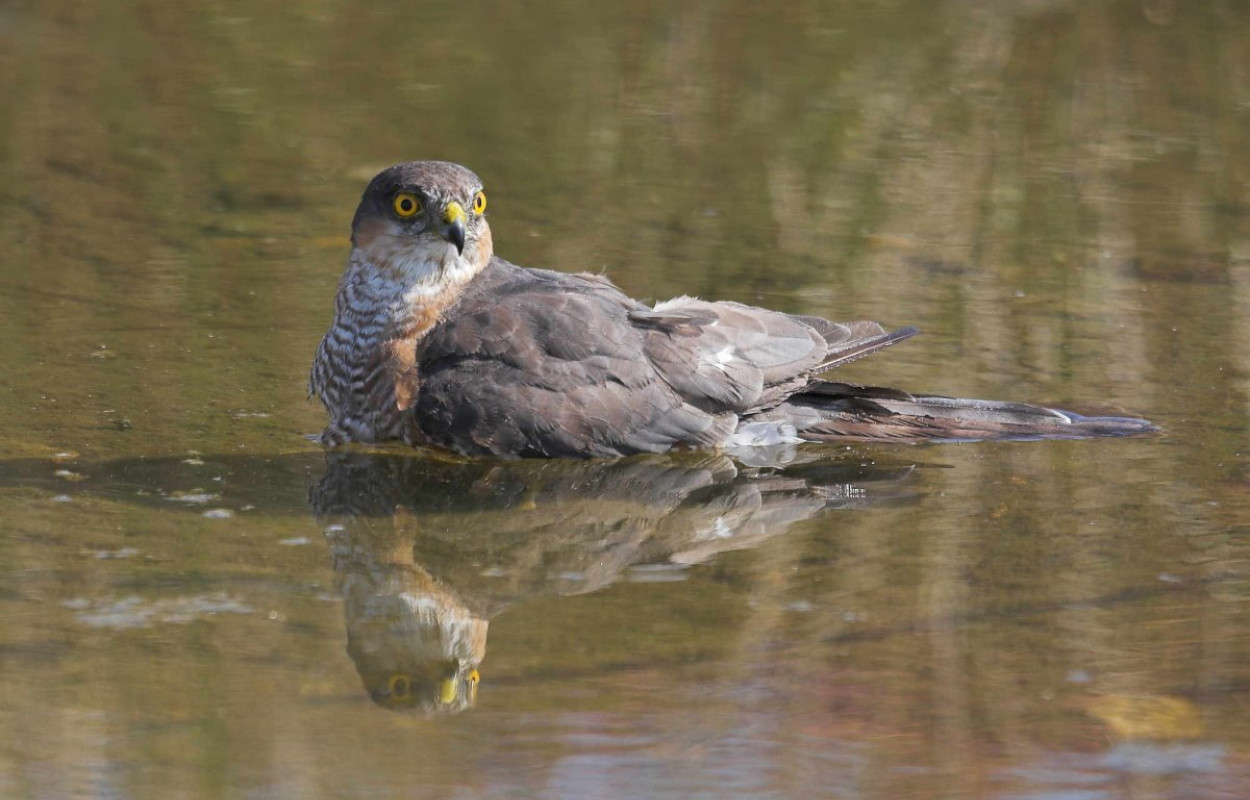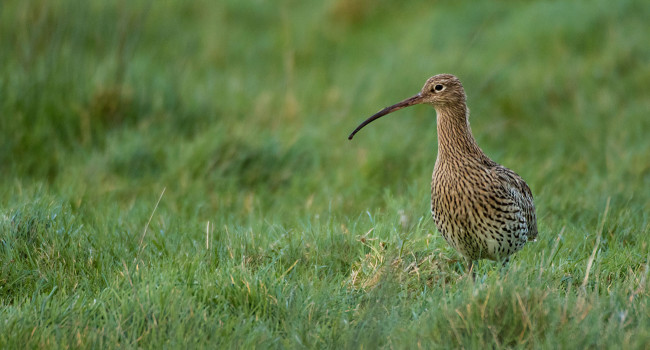Bayesian hierarchical modelling of continuous non-negative longitudinal data with a spike at zero: An application to a study of birds visiting gardens in winter

Author(s): Swallow, B., Buckland, S. T., King, R. and Toms, M. P.
Published: January 2015
Journal: Biometrical Journal
Digital Identifier No. (DOI): 10.1002/bimj.201400081
Many datasets involving count data have a spike in the number of observations at zero – i.e. where the observer didn’t see the species during the study period. This is most likely to be an issue when analysing data at fine spatial and temporal scales when although a species may be present, it will not always be recorded. A piece of research using data from BTO’s Garden Bird Feeding Survey (GBFS) data, addresses this issue by developing a new approach to modelling such data.
This work was carried out by PhD student Ben Swallow with colleagues at the University of St. Andrews and staff at the BTO. GBFS has been running for 40 years, charting the use made of food supplements by those wild birds visiting garden feeding stations during the winter months, and in this example was used to assess whether changes in the occurrence of Sparrowhawks at feeding stations affected the number of sparrows using those stations.
The statistical approach adopted, which used a Bayesian hierarchical Tweedie regression model, was able to accommodate the very large number of zeros. The other advantage of this approach is the ability to account for any spatial or temporal correlation within the data (e.g. relationships with weather data or predator numbers) in order to robustly estimate their importance in influencing the bird populations under study. This removed the need to make certain assumptions about relationships within the datasets used prior to modelling.
Teasing out the results
The approach worked well with the GBFS dataset and revealed some interesting patterns, most notably a correlation between the numbers of House Sparrows and their Sparrowhawk predators. At garden feeding stations where the number of Sparrowhawks has increased over the last 40 years there has been a reduction in the number of House Sparrows visiting.
More work is needed to establish what this relationship means and to determine its ecological significance. Whilst a correlative study such as this cannot prove causation, the results suggest with more confidence than before, that an increase in Sparrowhawk numbers may have led to a small decrease in the numbers of one its prey species at garden feeding stations. This could either be because House Sparrows changed their behaviour to avoid feeding stations frequented by Sparrowhawks, or it may represent a reduction in overwinter House Sparrow population size as a result of the Sparrowhawk increase. What this analysis does not assess is whether the increase in Sparrowhawks has led to large declines in breeding House Sparrow populations. Previous BTO-led analysis has suggested that is not the case (Newson et al. 2010).
Abstract
The BTO Garden Bird Feeding Survey (GBFS) has been running for 40 years. During this time, participants have charted the use of food supplements by birds in gardens for 26 weeks of each year, centred on the winter months. Like data from other BTO surveys, this information can be used to monitor and explain long-term trends in bird populations. The development of new statistical methods can be applied to large BTO datasets to deliver a more robust understanding of what the data reveal. In most cases the analyses involve examination of other variables (e.g. weather data or predator numbers) that might influence the bird populations under study. This adds to the complexity of the analyses, something often further complicated by the nature of the observations that have been collected and by the survey methods used.
Many datasets have a spike in the number of observations at zero – i.e. where the observer didn’t see the species during the study period – which can make the data difficult to analyse. Researchers at the University of St Andrews used the GBFS dataset to address this, by developing a new statistical modelling approach. They also investigated how this method might allow a more robust examination of the interaction between Sparrowhawks and their songbird prey at garden feeding stations.
The approach, which used a Bayesian hierarchical Tweedie regression model, was able to accommodate the very large number of zeros and, at the same time, account for any spatial or temporal correlation within the data. This worked well and revealed some interesting patterns, most notably a correlation between the abundance of House Sparrows and their Sparrowhawk predators. The number of House Sparrows visiting garden feeding stations has fallen at feeding stations where the number of Sparrowhawks has increased over the last 40 years. Additional work is examining this aspect of the analysis in more detail.
Notes
Newson, S.E., Rexstad, E.A., Baillie, S.R., Buckland, S.T. & Aebischer, N.J. (2010) Population change of avian predators and grey squirrels in England: is there evidence for an impact on avian prey populations. Journal of Applied Ecology 47: 244-252.
Ben Swallow was part-funded by EPSRC/NERC and we are also very grateful to the many GBFS participants who have contributed to the survey over the last forty years.







Share this page